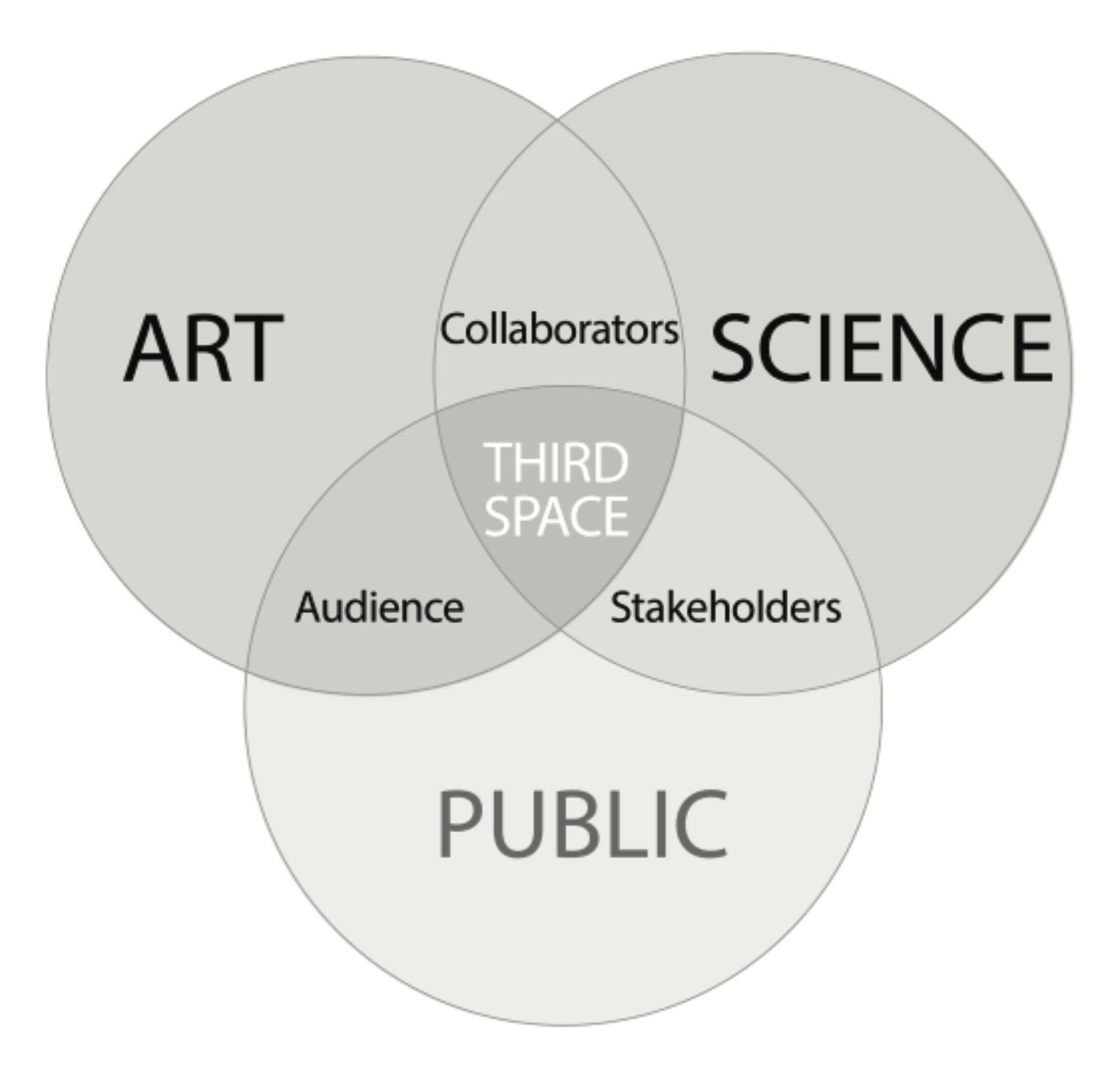Scientists Artists Researchers
L. Moholy-Nagy, exponent artist of Bauhaus in Weimar, gave an organic vision of progress, focused on creativity:
“In every cultural period, a phalanx of active forces pushes forward in every field of creation, in art, science and technology. It often happens that swift action in one or another creative field pushes forward a single member of this united front, like an advancing wedge. This condition does not last long, because as a consequence of the progress of one element, the other members of the phalanx are also dragged along, and the front is thus reunited ”.
According to György Kepes, founder of the "Center for Advanced Visual Studies" at MIT, modern scientific research focuses less and less on the facts themselves and more and more on their interconnection, on the relationship between them.
STEM (Science, Technology, Engineering and Maths) acquire an extra letter, the “A” for Art. STEAM becomes a new pillar for today's education system.
Thus, in its evolution, science approaches art as a creative process based on interconnections and relationships with different disciplines.
Alongside this natural convolution between science and art we find a scientific community which, in making important decisions for scientific development, is increasingly linked to a partnership with various political, economic and therefore social groups.
Society increasingly needs to be informed about scientific and technological advances, which have become an integral and decisive part at every level, individual and collective, of citizens.
In this intertwining of relationships, communication becomes necessary, and artistic languages may represent a powerful tool for science communication and for cultural growth.
THE THIRD SPACE
In their paper “Emergent Knowledge in the Third Space of Art-Science”,
Lizzie Muller, Lynn Froggett, Jill Bennett write that Art and Science meet in the Third Space, a place that generates shared experiences, a time shared by scientists and artists where they can do CREATIVE RESEARCH.

Within this space there is mutual growth: science rediscovers creativity in research processes and its fundamental role in serendipal discoveries, while art is capable of breaking the boundaries between different disciplines involved, exploring freely a scientific concept, elaborating and showing it to society.
COMMUNICATION: THE FORTH SPACE
What is created inside the third space resonates outside it and this creative process reverberates within the interested audiences (artistic, scientific and the publics). This cross-boundaries resonation creates the FORTH SPACE, a bridge through which different fields can communicate using art as common language.

Under this light the artistic language is, in its intrinsic expressive power, an added value for the communication of science.
It makes it possible to reach different audiences and thus contribute to the formation of a scientific citizenship: a society that is attentive, aware and critical of the scientific discoveries and the pervading technologies.
“The construction of scientific citizenship is an essential element of a democratic society of knowledge. And in the construction of scientific citizenship, the public communication of science is called to play the decisive role of lymphatic system"
Pietro Greco, scientific communicator